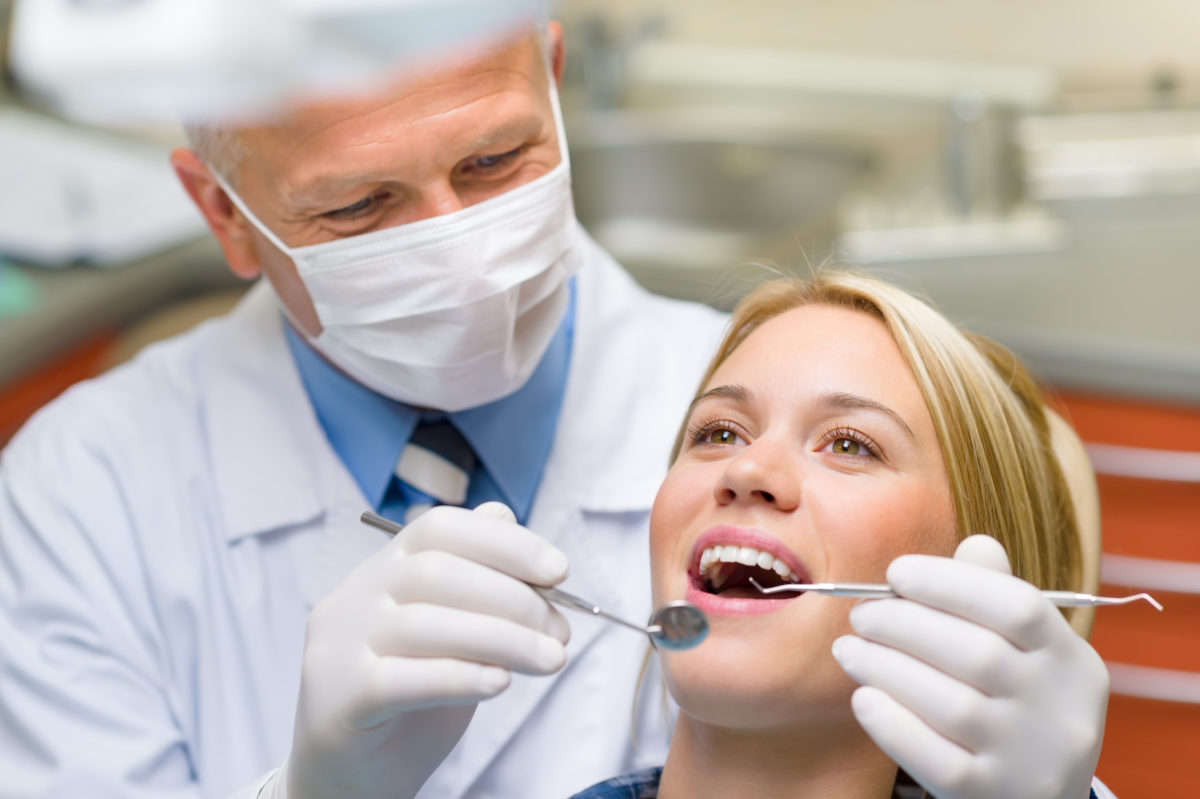Legacy Orthodontics Fundamentals Explained
Table of ContentsLegacy Orthodontics Things To Know Before You BuySome Known Questions About Legacy Orthodontics.How Legacy Orthodontics can Save You Time, Stress, and Money.Some Known Details About Legacy Orthodontics The Ultimate Guide To Legacy Orthodontics
In enhancement, we offer flexible therapy timetables, flexible settlement alternatives and a fun, pleasurable experience.An orthodontist is a dentist trained to diagnose, protect against, and treat teeth and jaw abnormalities. Orthodontists function with individuals of all ages, from kids to adults.
Malocclusion, or misaligned teeth, can bring about oral issues, including tooth degeneration, gum disease, and difficult or excruciating eating. Not everybody is birthed with straight teeth. If you have a poor bite or large rooms in between your teeth, you might wish to speak with a dental practitioner focusing on orthodontic treatment.
The Best Strategy To Use For Legacy Orthodontics
( Image Credit History: DigitalVision/Getty Images) Orthodontists use fixed and detachable dental tools, like dental braces, retainers, and bands, to alter the position of teeth in your mouth. Orthodontic treatment is for dental irregularities, consisting of: Crooked teethBite problems, like an overbite or an underbiteCrowded teeth or teeth that are as well far apartJaw misalignmentThe goal of orthodontic therapy is to enhance your bite.
While you could think of orthodontists as mainly for kids or teens that require dental braces, they can fix oral issues at any type of age. Orthodontists participate in university, dental institution, and orthodontic institution.
All orthodontists are dental professionals, yet not all dentists are orthodontists. Orthodontic residency programs use intensive, concentrated instruction for oral professionals. They concentrate on two locations: How to properly and securely relocate teeth Exactly how to correctly direct development in the teeth, jaw, and faceOnce an orthodontist has completed training, they have the option to end up being board certified.
Legacy Orthodontics for Beginners
Misalignment, or malocclusion, is the most common factor people see an orthodontist. It is hereditary and is the result of size distinctions between the top and reduced jaw or between the jaw and teeth. Malocclusion brings about tooth congestion, a twisted jaw, or uneven bite patterns. Malocclusion is typically treated with: Your orthodontist affixes metal, ceramic, or plastic square bonds to your teeth.
Some individuals need a headwear to assist move teeth right into line with stress from outside the mouth. A retainer is a customized device that keeps your teeth in place.
They can produce added space in the mouth without having to draw teeth. Orthodontists utilize cables, surgical screws, or plates to support your jaw bone.
You may need to see an orthodontist if you have: Crowding or not enough room for every one of your teethOverbite, when your upper teeth come over your bottom teethUnderbite, when your base teeth are as well much forwardSpacing or issues with gapsCrossbite, which is when your upper teeth fit behind your base teeth when your mouth is closedOpen bite or a vertical gap between your front bottom and top teethMisplaced midline, when the center of your bottom and upper teeth don't align Dealing with an oral malocclusion can: Make attacking, eating, and talking easierImprove the proportion of our face and your general appearanceEase discomfort from temporomandibular joint problemsDifferent your teeth and make them much easier to cleanse, aiding prevent dental caries or cavities It's usually a dental expert who first notices misaligned teeth throughout a regular examination.
The Basic Principles Of Legacy Orthodontics

During your very first orthodontic appointment, you'll likely have: An oral examPhotos taken of your face and smileDental X-raysPanoramic (360 degree) X-rays of your face and headImpressions to produce molds of your teethThese tests will certainly help your orthodontist know how to wage your therapy. clear braces. An orthodontist is a dentist that's had training to treat your teeth and jaw
Orthodontists might do surgical procedure, exams,X-rays,and even more to help you attain a much more comfortable, much healthier smile. An orthodontist is concentrated on your bite, so something like a damaged tooth would certainly be dealt with by a dental expert. Orthodontists are dentists yet not all dental practitioners are orthodontists. Orthodontists are concentrated on your bite, or the way your teeth fit with each other, and the straightness of your teeth.
Ever asked yourself just how stars always appear to have perfectly lined up teeth? Orthodontists are dental specialists that concentrate on fixing abnormalities in the teeth and jaws.
The 6-Minute Rule for Legacy Orthodontics

, orthodontists have a varied toolkit at their disposal. These reliable braces utilize a system of braces bonded to the teeth and attached by wires.
These removable trays are tailor-made to gradually change the teeth's position. In cases of slim jaws, palatal expanders can be made use of to create area for proper tooth placement.